Clear results, many benefits
Mr. Dinh Duc Hoa's household in Hop Thanh commune (My Duc district) has 6 hectares of rice-fish farming model with grass carp, common carp, bighead carp... Mr. Dinh Duc Hoa shared that applying the rice-fish farming model can take advantage of excess food from rice, and the rice will have a higher yield than growing 2 regular crops. In addition, the less use of chemicals and pesticides will help reduce costs in the rice farming process; after deducting costs, households earn about 200 - 250 million VND/ha/year.
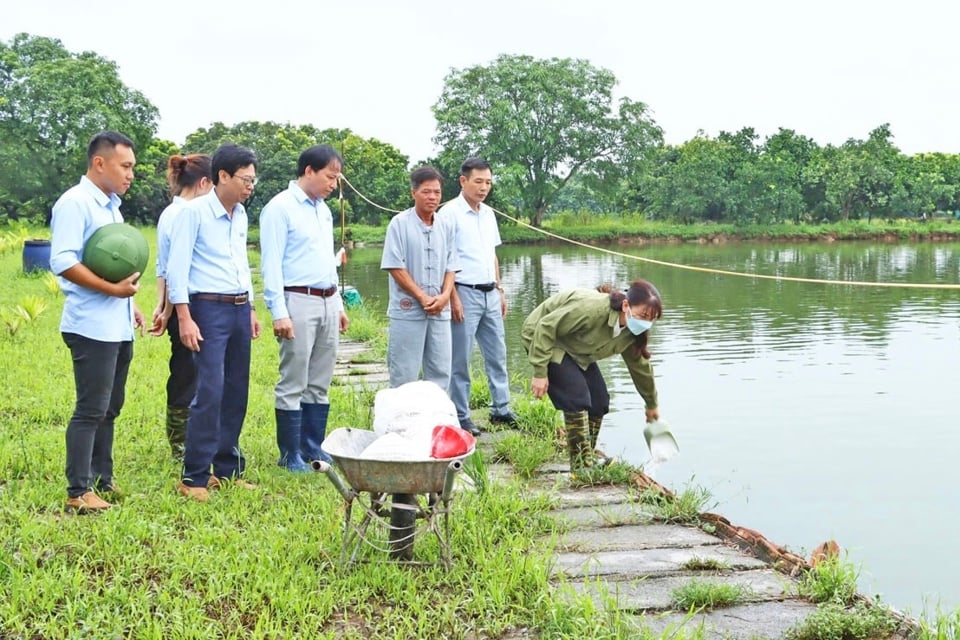
According to the President of the Farmers' Association of Ung Hoa district, Dang Thi Tuoi, Ung Hoa is one of the localities with a large aquaculture area (more than 3,200 hectares), a circular agricultural economy has been built in the locality for nearly 20 years with thousands of models from household scale to farms in the garden - pond - barn (VAC) farming system, intercropping, crop rotation... In which, waste from livestock serves crop cultivation; crop by-products are used as feed for livestock and aquaculture.
Currently, in Ung Hoa, the rice-fish and rice-duck models are increasingly developing in a sustainable direction. These circular farming systems both ensure nutrition and adapt to climate change. In the context of high production costs, the multi-cropping models of rice-fish-duck... are dominating, helping people to survive on farming...
Deputy Director of Hanoi Agricultural Extension Center (Department of Agriculture and Rural Development) Hoang Kim Vu said that Hanoi is a locality with potential in aquaculture (about 24,000ha) with 5,930ha of low-lying rice land, concentrated in the districts of Phu Xuyen, Ung Hoa, Thuong Tin. In recent years, Hanoi has always paid attention to aquaculture development. Regarding the fish-rice farming model, the city has had many policies to support farmers in concentrated aquaculture areas, such as: Supporting 50% of the cost of chemicals for environmental treatment in the first year, 30% in the second year; supporting 50% of the cost of water fans to create oxygen.
In fact, the fish-rice farming model creates a combined ecosystem, bringing benefits to both fish and rice plants, while taking advantage of the water surface area and increasing yield on the same cultivated area. The application of the fish-rice model also contributes significantly to reducing greenhouse gas emissions. The use of natural fertilizers from fish reduces the need for chemical fertilizers, thereby reducing the amount of greenhouse gases emitted from the production and use of fertilizers. Moreover, this model helps increase the soil's ability to absorb carbon, contributing to reducing environmental pollution in aquaculture...
Bringing technological advances into environmental management
Agricultural experts recommend that in Hanoi, based on climate conditions, the fish-rice model needs to be adjusted appropriately. Farmers need to choose suitable breeds to release in rice fields such as perch, grass carp, common carp, etc.; at the same time, apply scientific and technological advances in environmental management.
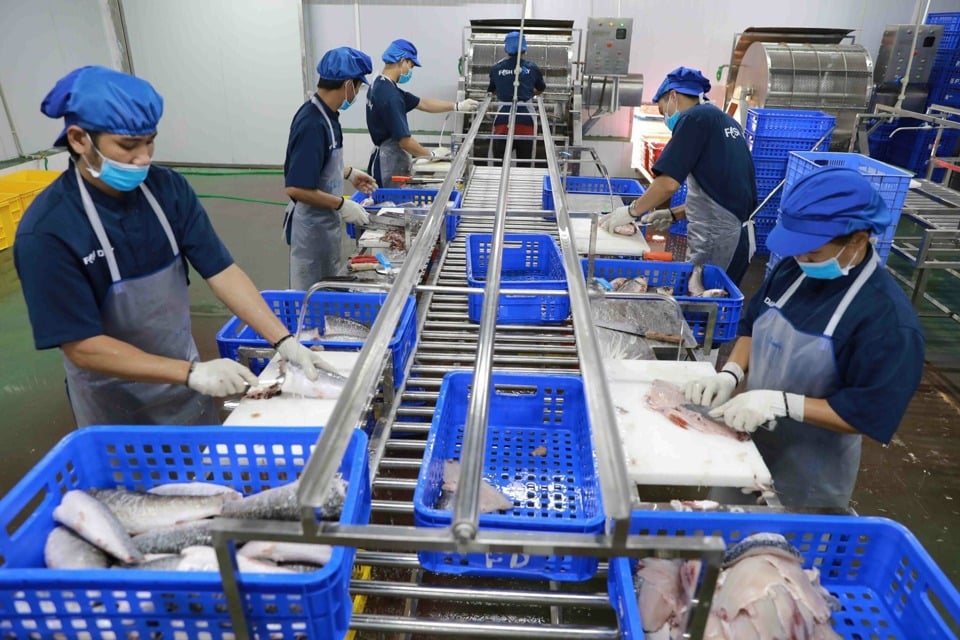
Deputy Director of Hanoi Department of Agriculture and Rural Development Ta Van Tuong said that to develop a circular economy in the current period, it is necessary to closely associate it with the application of scientific and technological advances, bringing modern machinery and equipment into aquaculture activities in the direction of advanced, modern, environmentally friendly technology, and minimizing waste.
In addition, the Hanoi agricultural sector will continue to coordinate with localities to promote technology transfer to develop circular agriculture, including: building an agricultural extension program to transfer the application of linked and circular production systems between the fields of agriculture, forestry and fishery such as: crop cultivation, rotational aquaculture, livestock farming, combined aquaculture; strengthening the monitoring and supervision of aquatic environmental protection activities at the grassroots level; proactively and promptly handling and resolving environmental issues arising in aquaculture activities.
Thereby, the agricultural sector will gradually build and apply business models, cooperate in aquaculture; process, exploit and trade aquatic products in the direction of green production, using environmentally friendly materials...
In addition, the agricultural sector is committed to coordinating with localities to build production, preliminary processing, processing and consumption chains for aquatic products; investing in synchronous infrastructure development in concentrated aquaculture areas and key aquaculture areas of the city; supporting farm owners to participate in trade promotion programs and consume aquatic products applying circular economy; building brands, granting certificates for safe aquatic products with clear origin and introducing them into modern distribution channels.
To bring circular economy into aquaculture, in the coming time, districts (in the aquaculture planning area) need to coordinate with the agricultural sector to open training courses to raise awareness of green economy and circular economy; encourage aquaculture households to apply technology in farming; transfer scientific and technical advances in high-tech aquaculture, support infrastructure construction for aquaculture areas...
Deputy Director of Hanoi Department of Agriculture and Rural Development Ta Van Tuong
Source: https://kinhtedothi.vn/huong-phat-trien-ben-vung-cua-nuoi-trong-thuy-san-ha-noi.html


![[Photo] General Secretary To Lam receives French Ambassador to Vietnam Olivier Brochet](https://vstatic.vietnam.vn/vietnam/resource/IMAGE/2025/4/17/49224f0f12e84b66a73b17eb251f7278)
![[Photo] National Assembly Chairman Tran Thanh Man meets with outstanding workers in the oil and gas industry](https://vstatic.vietnam.vn/vietnam/resource/IMAGE/2025/4/17/1d0de4026b75434ab34279624db7ee4a)
![[Photo] Closing of the 4th Summit of the Partnership for Green Growth and the Global Goals](https://vstatic.vietnam.vn/vietnam/resource/IMAGE/2025/4/17/c0a0df9852c84e58be0a8b939189c85a)
![[Photo] Welcoming ceremony for Chinese Defense Minister and delegation for friendship exchange](https://vstatic.vietnam.vn/vietnam/resource/IMAGE/2025/4/17/fadd533046594e5cacbb28de4c4d5655)
![[Photo] Promoting friendship, solidarity and cooperation between the armies and people of the two countries](https://vstatic.vietnam.vn/vietnam/resource/IMAGE/2025/4/17/0c4d087864f14092aed77252590b6bae)
![[Photo] Nhan Dan Newspaper announces the project "Love Vietnam so much"](https://vstatic.vietnam.vn/vietnam/resource/IMAGE/2025/4/17/362f882012d3432783fc92fab1b3e980)
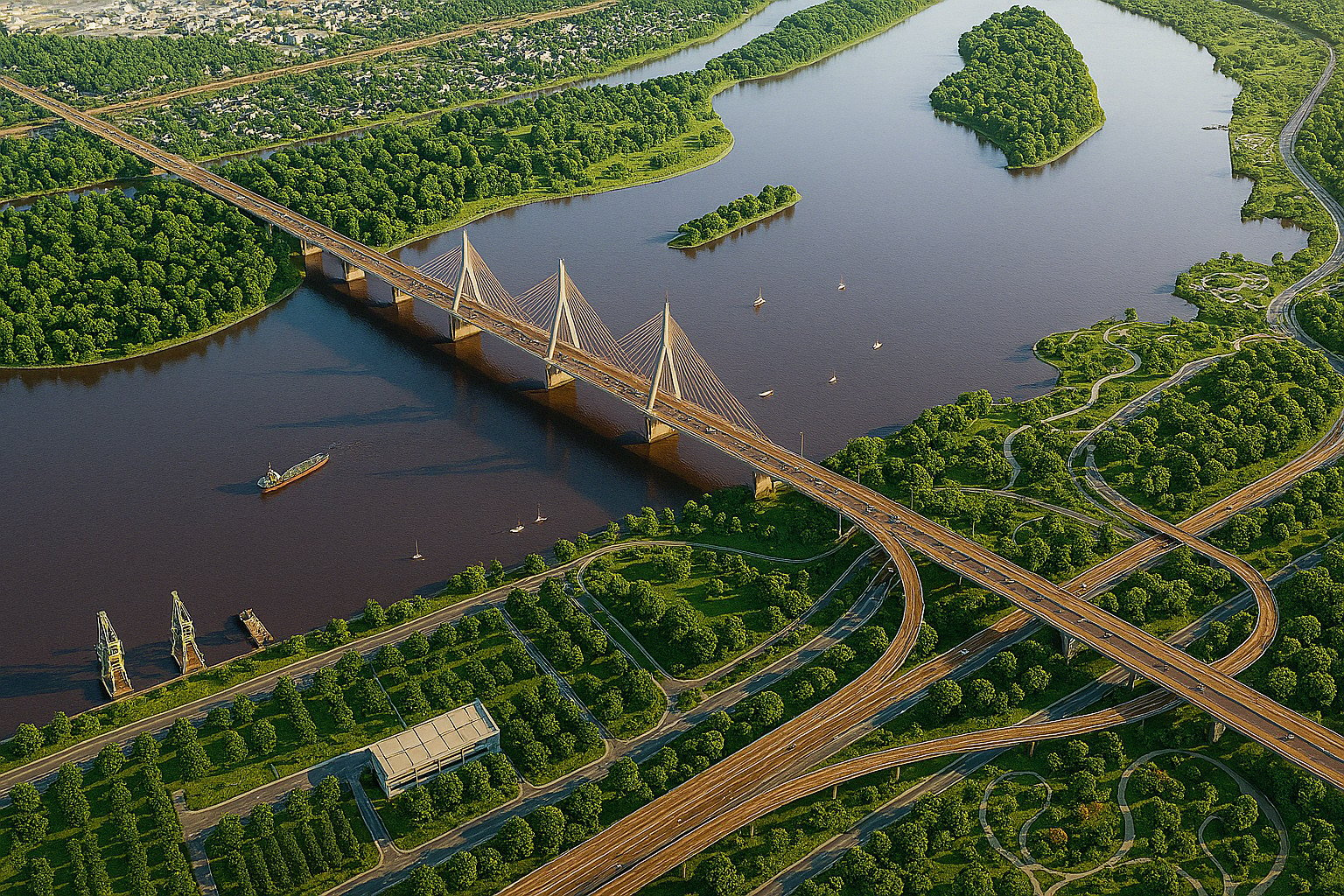

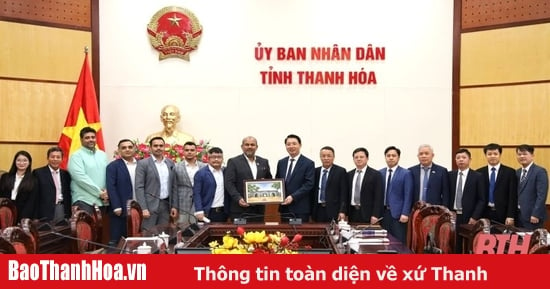

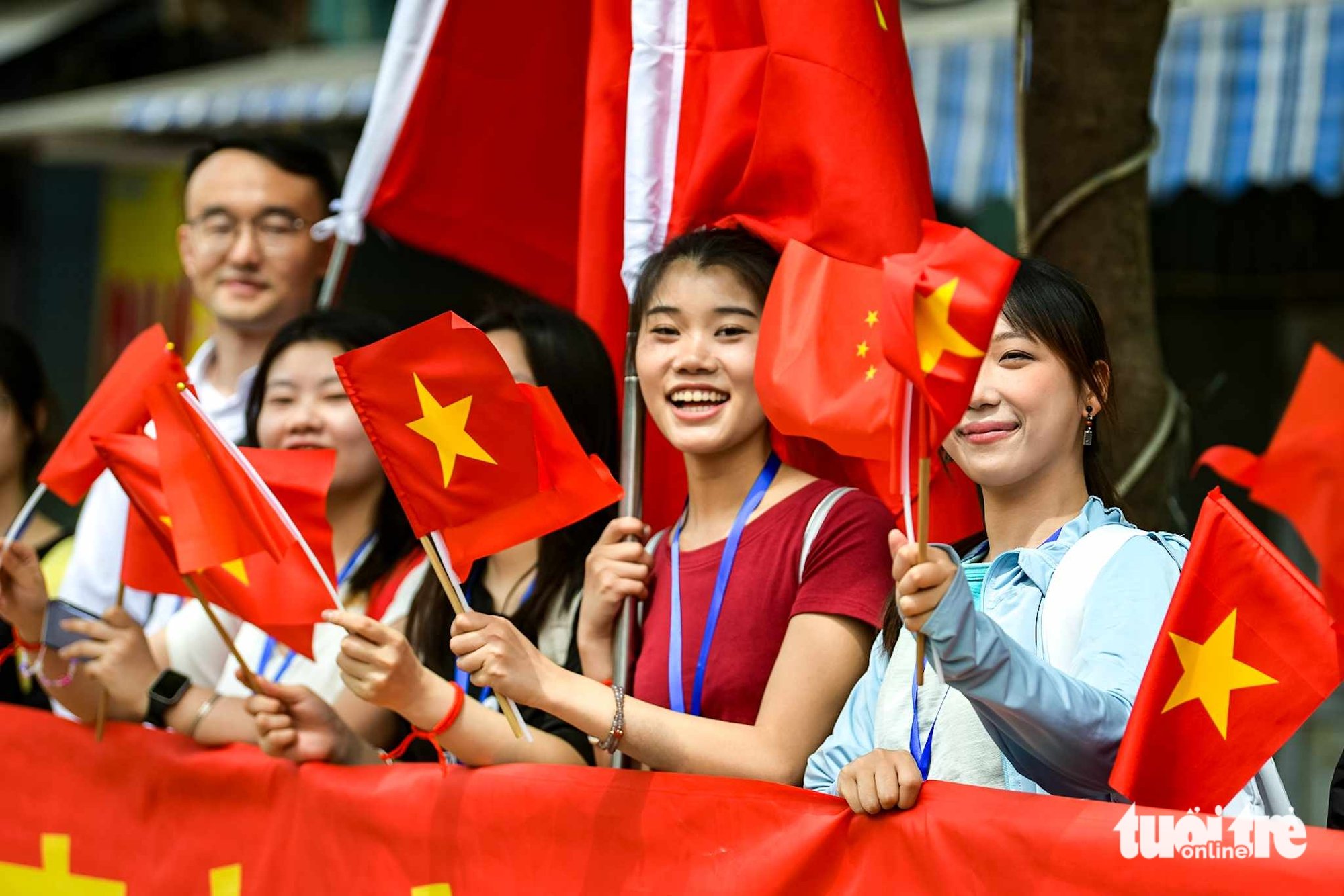




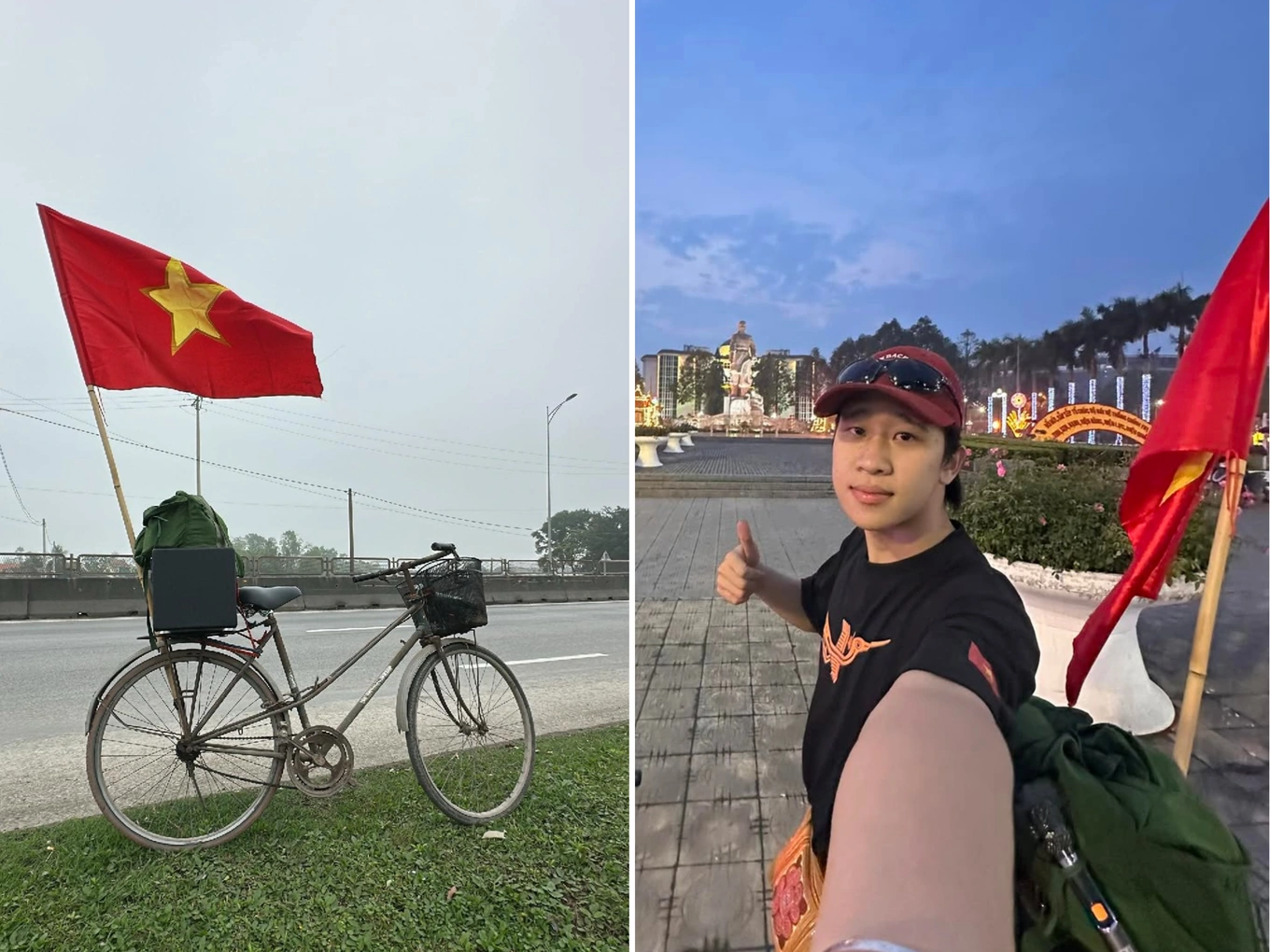
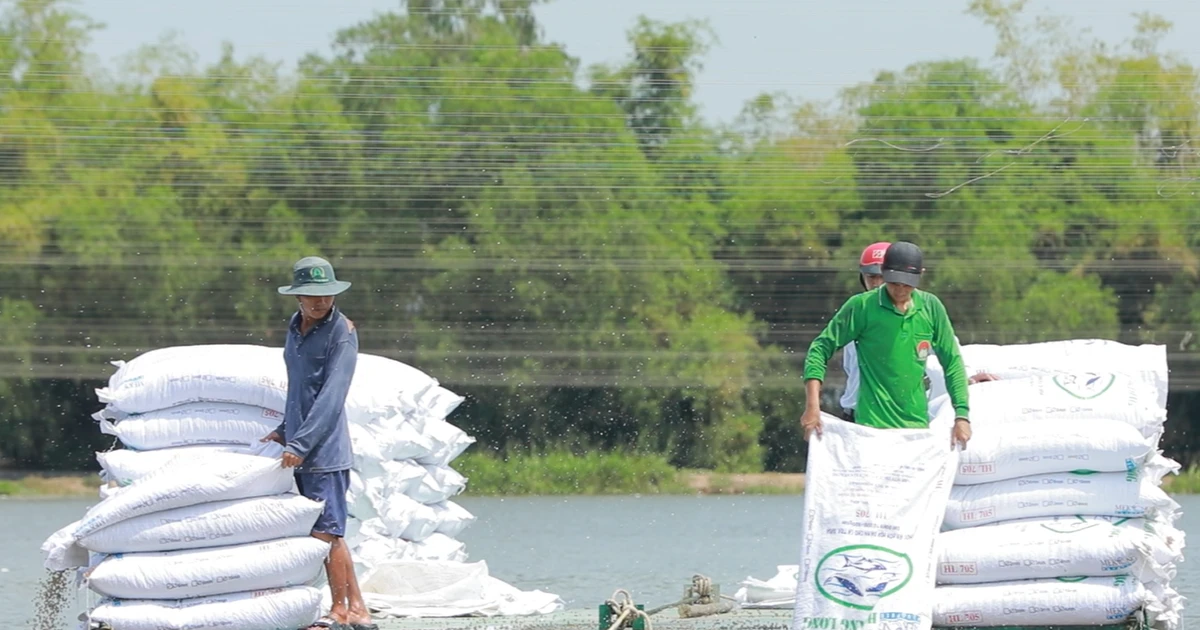
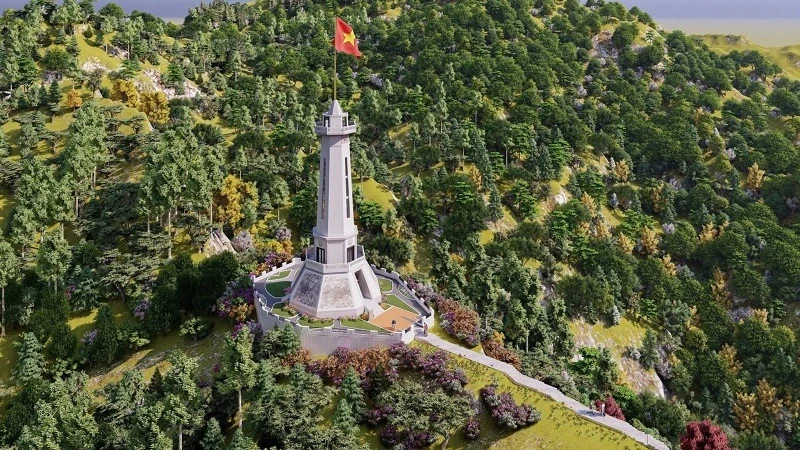
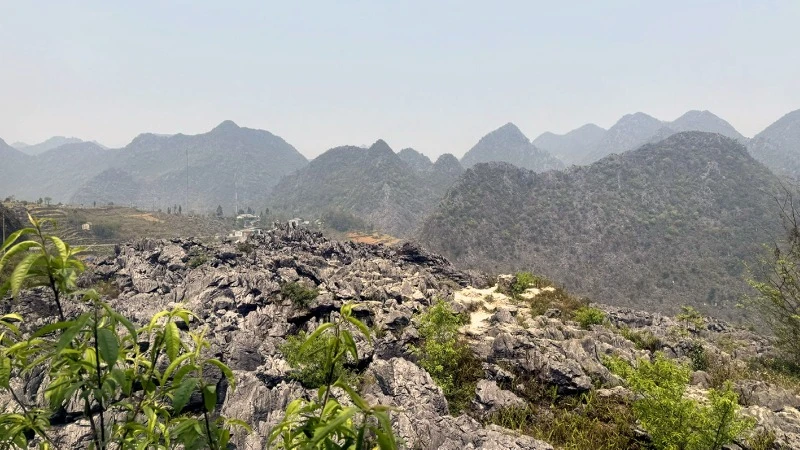
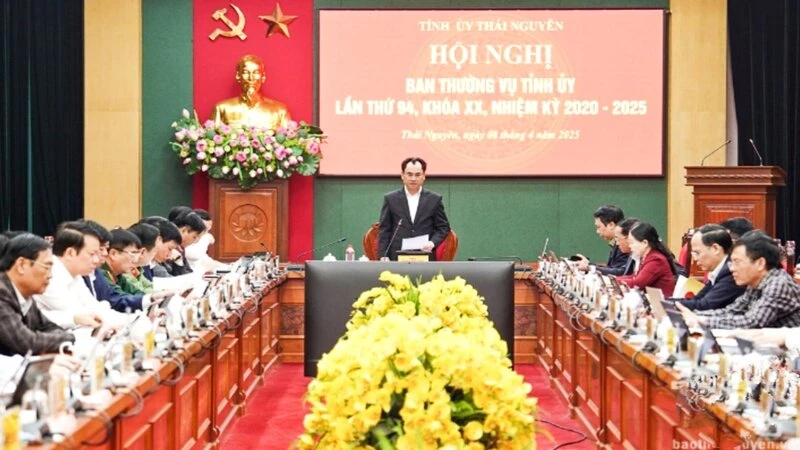
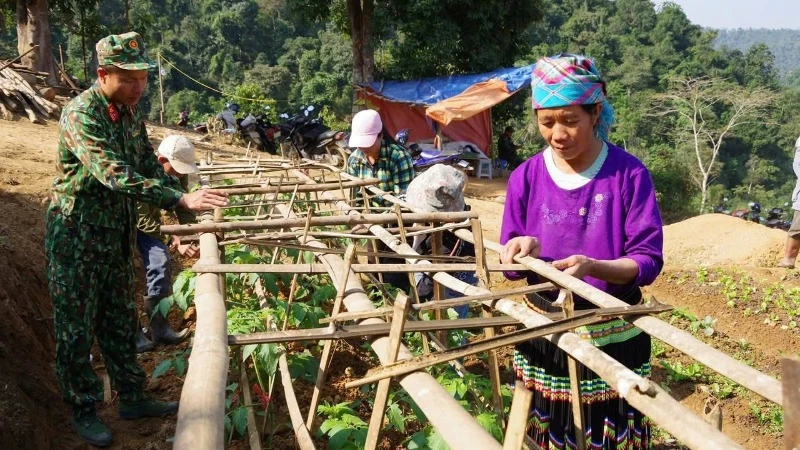
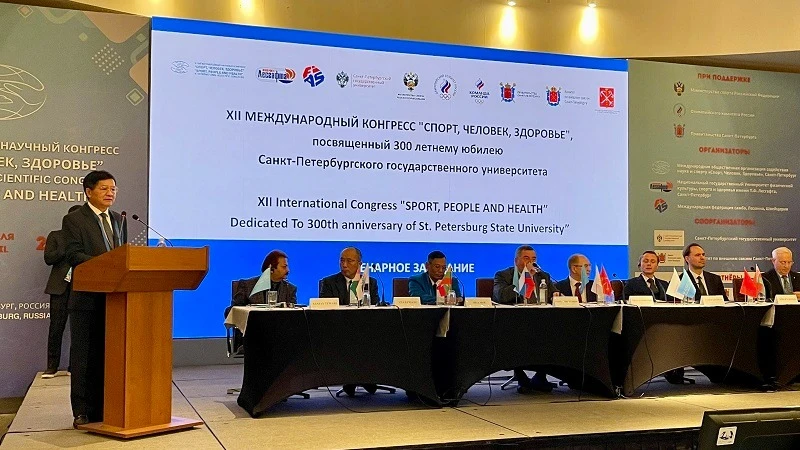




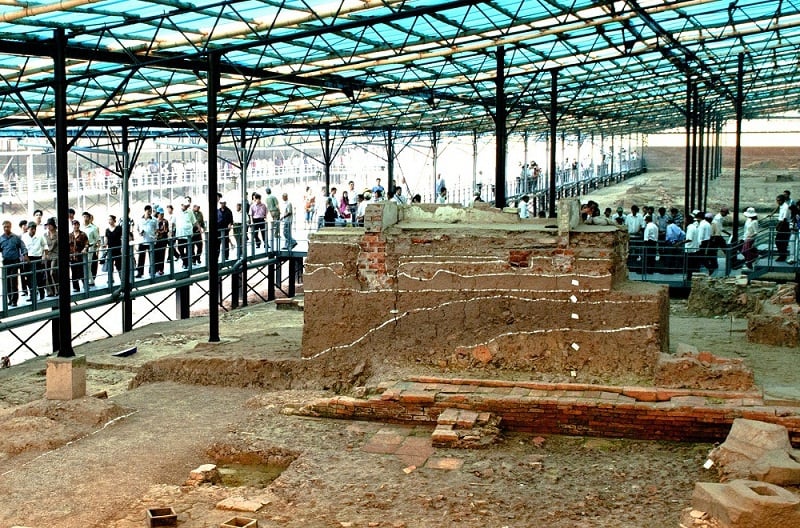
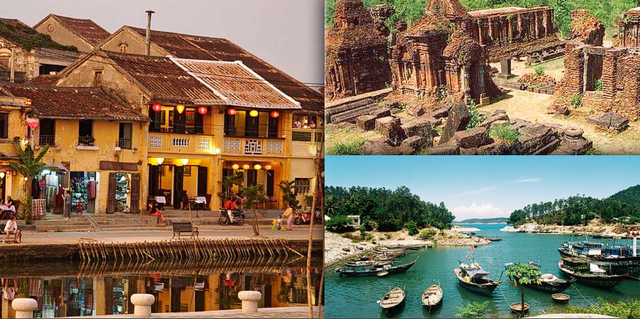
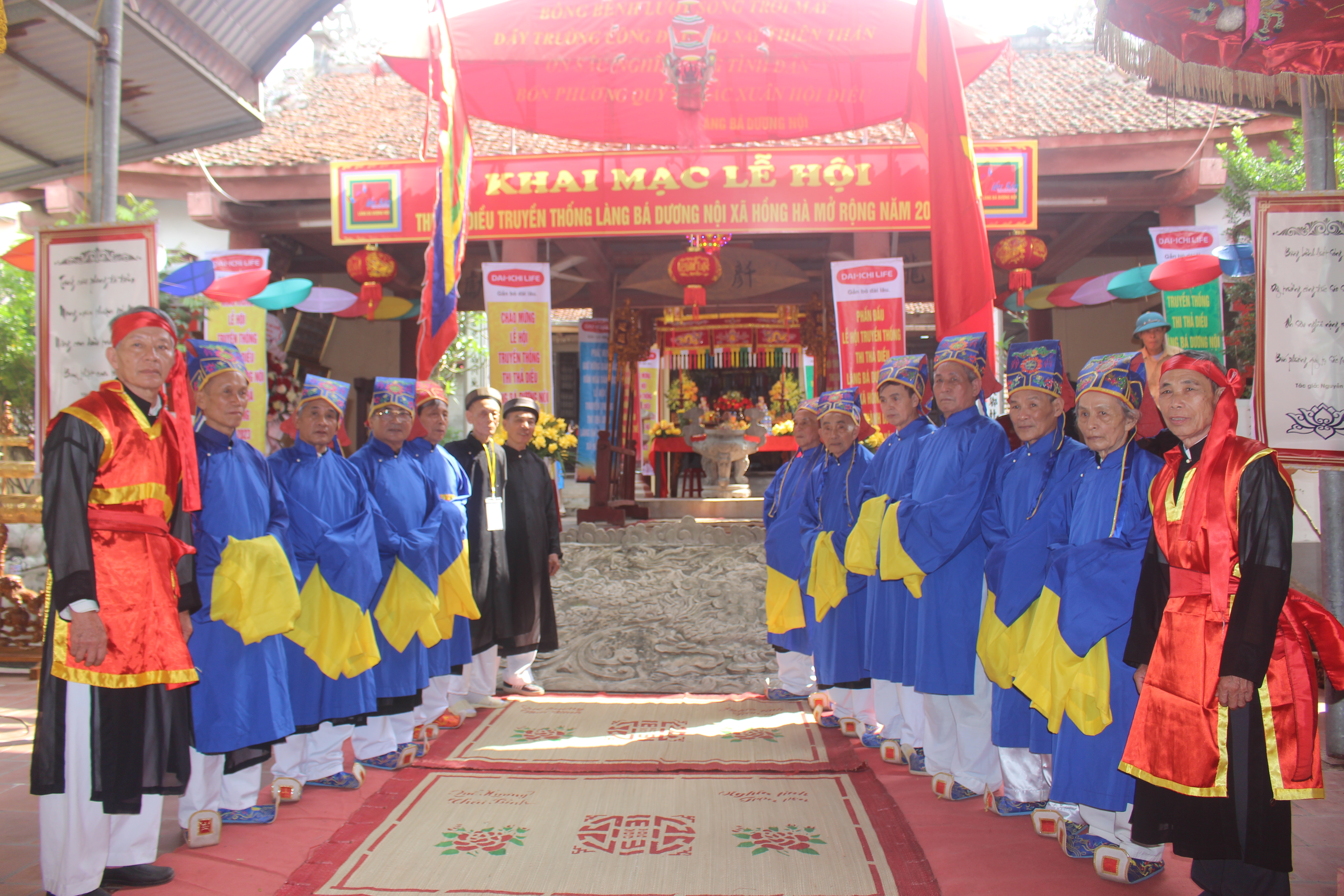
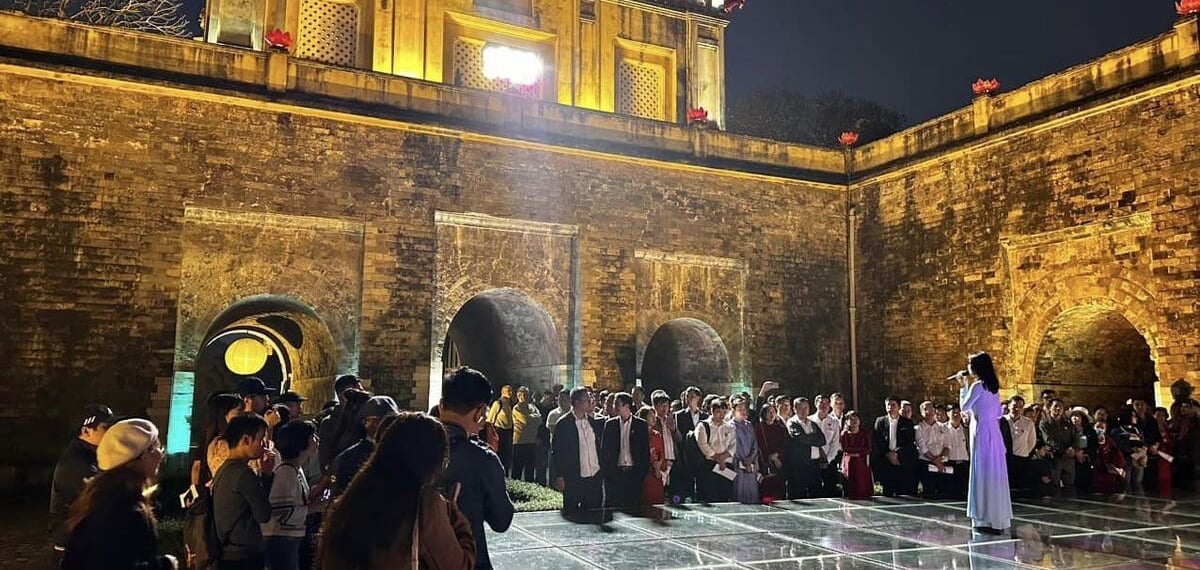
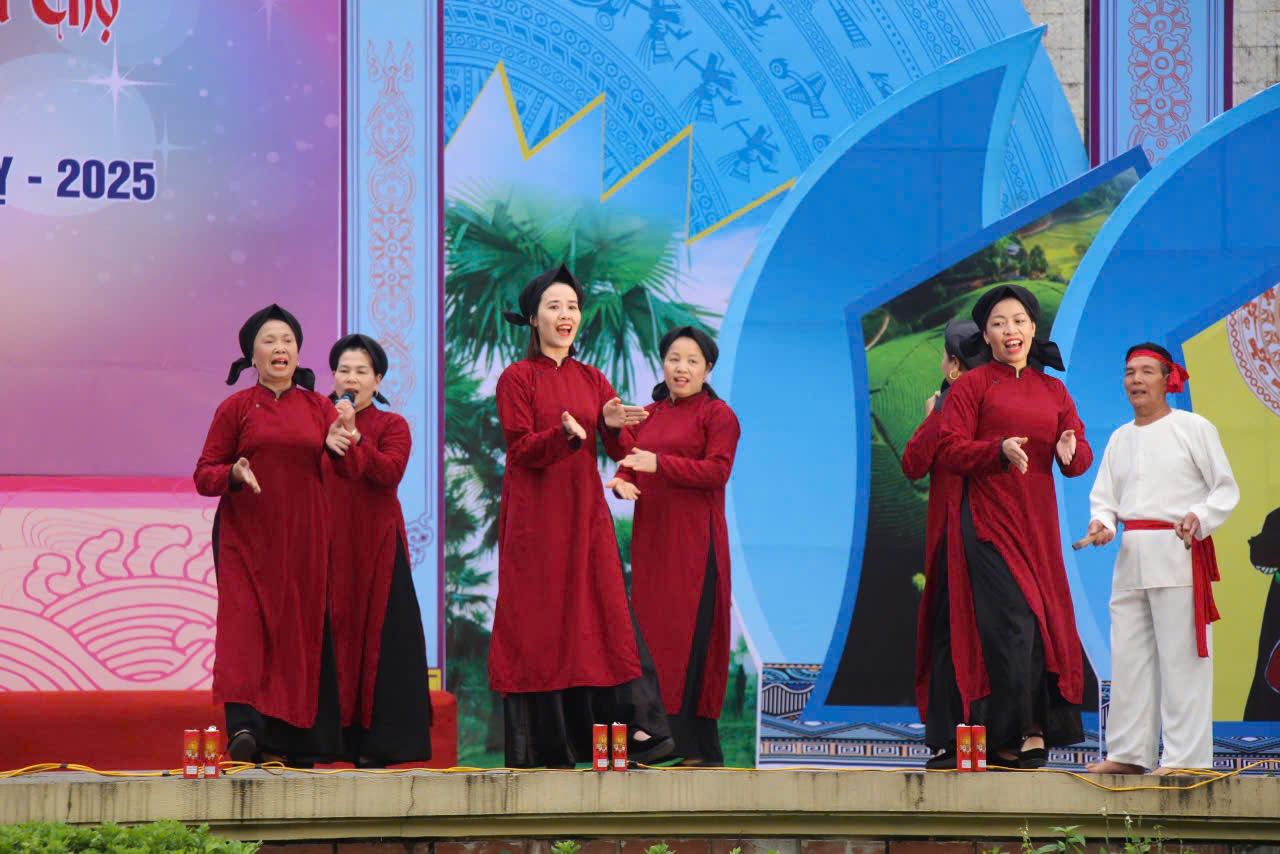






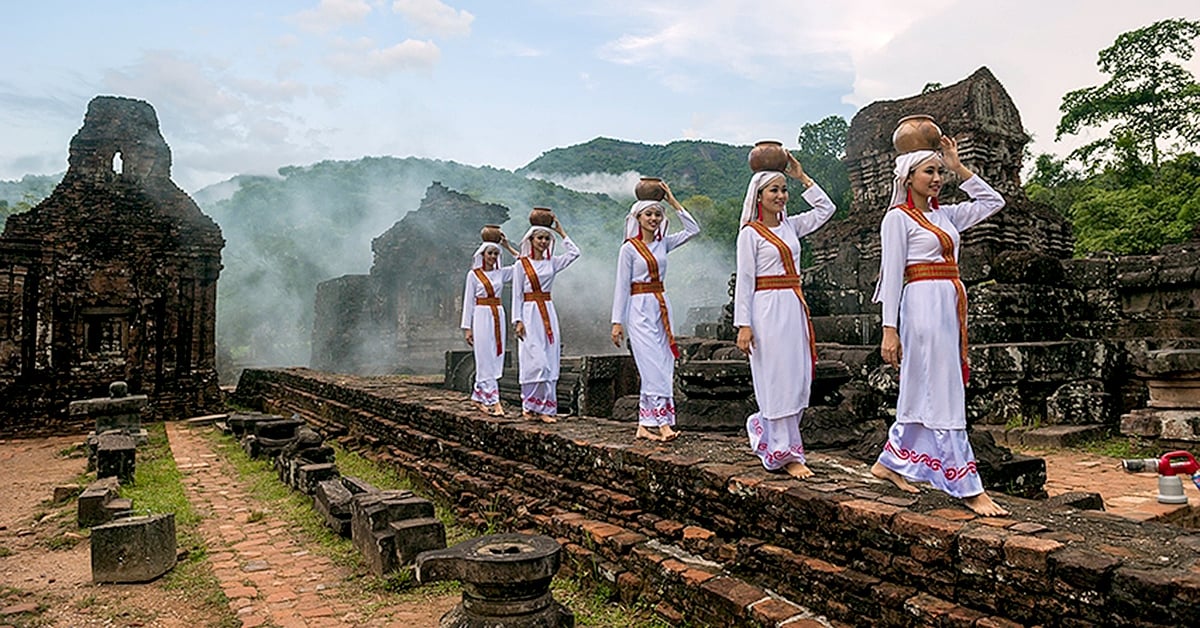




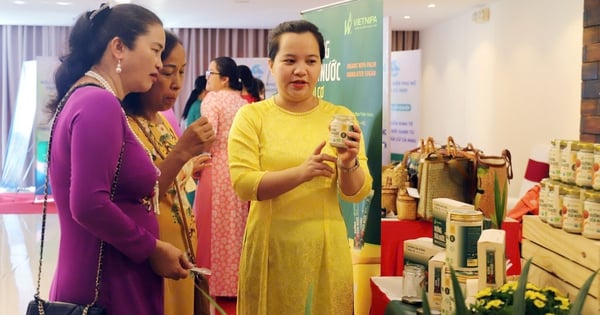

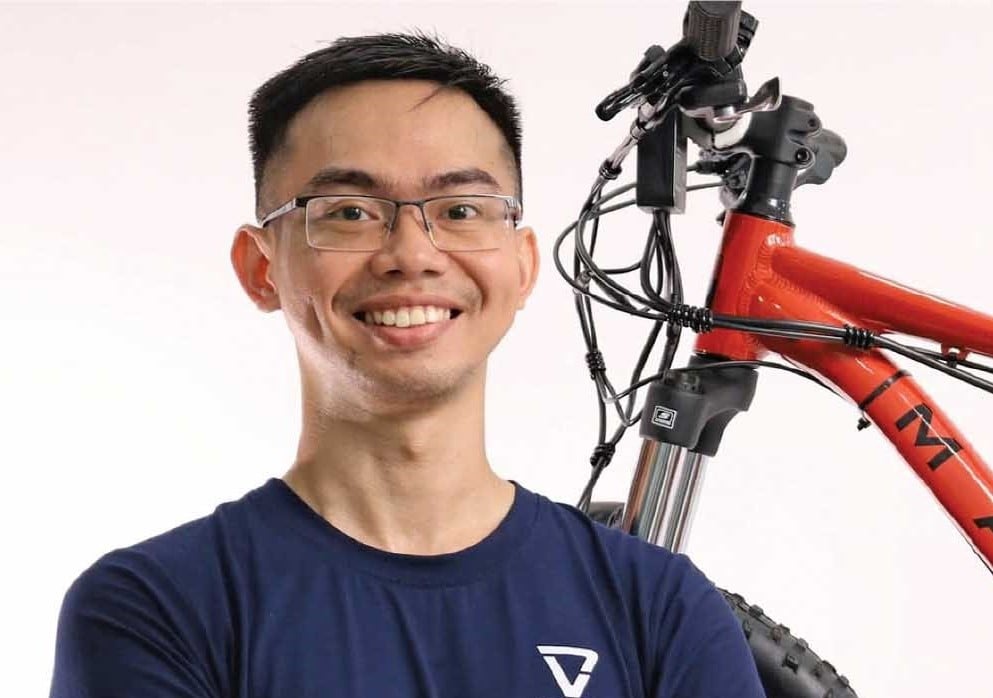

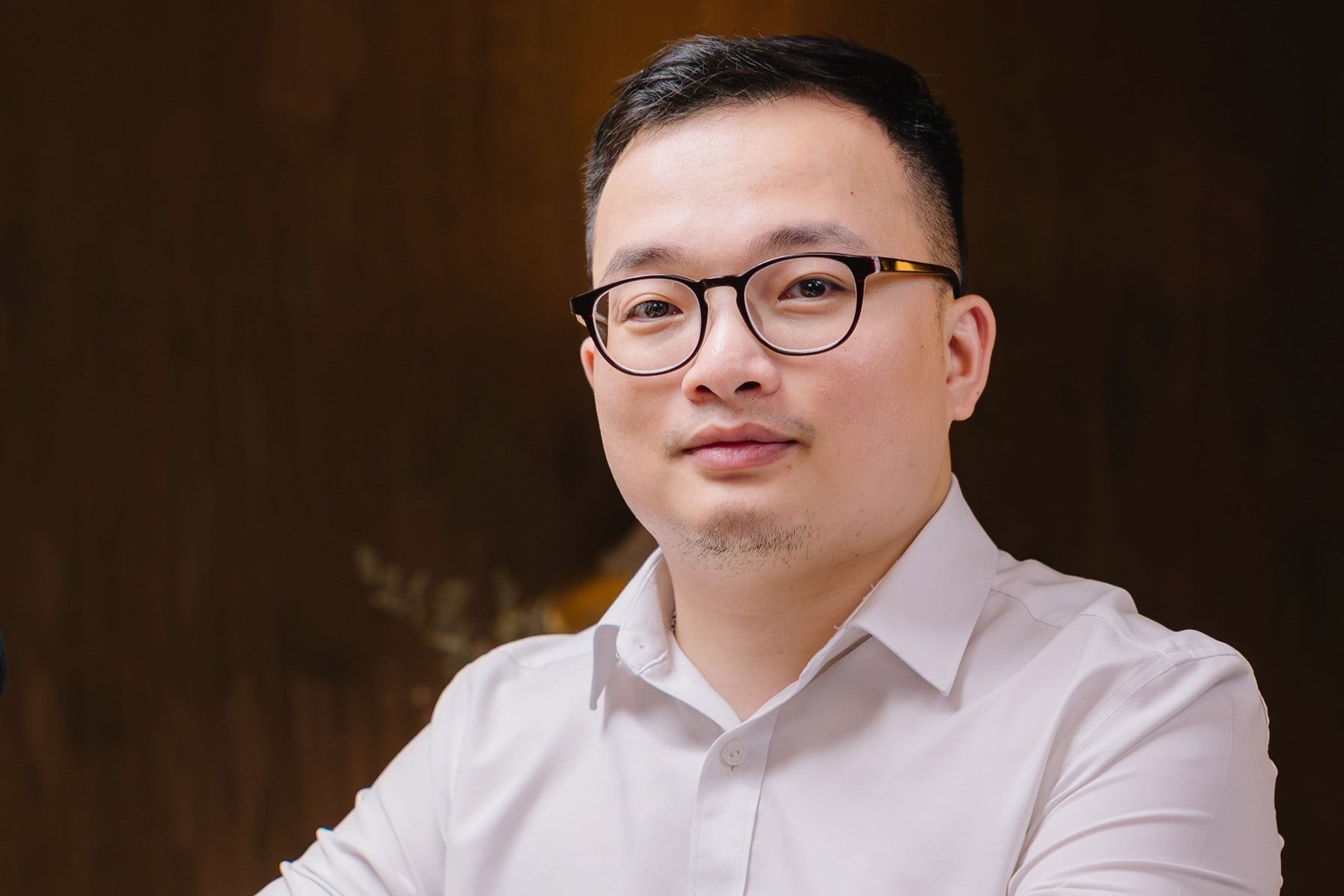
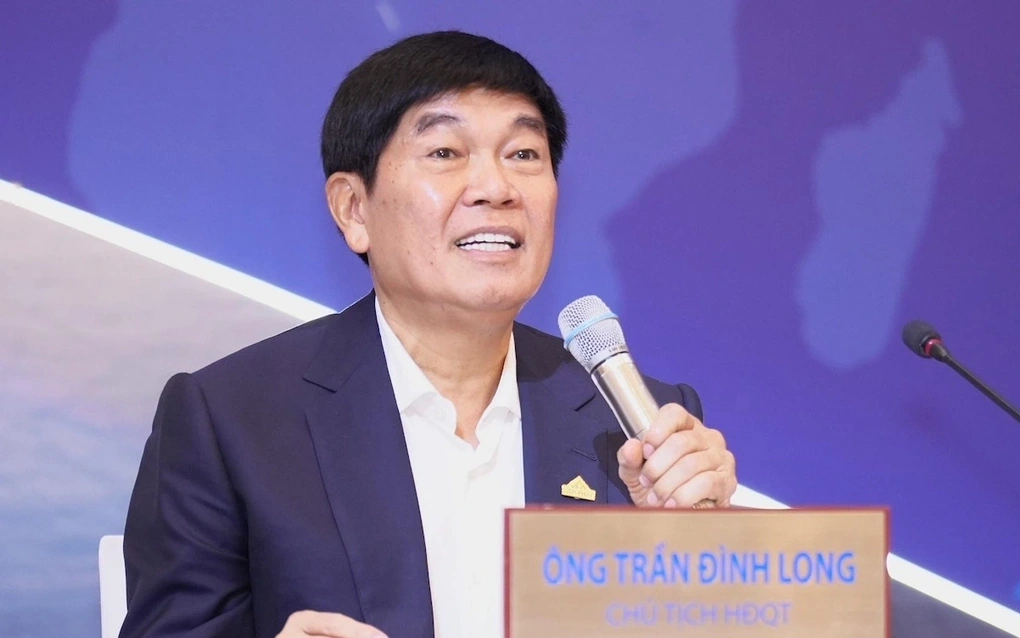
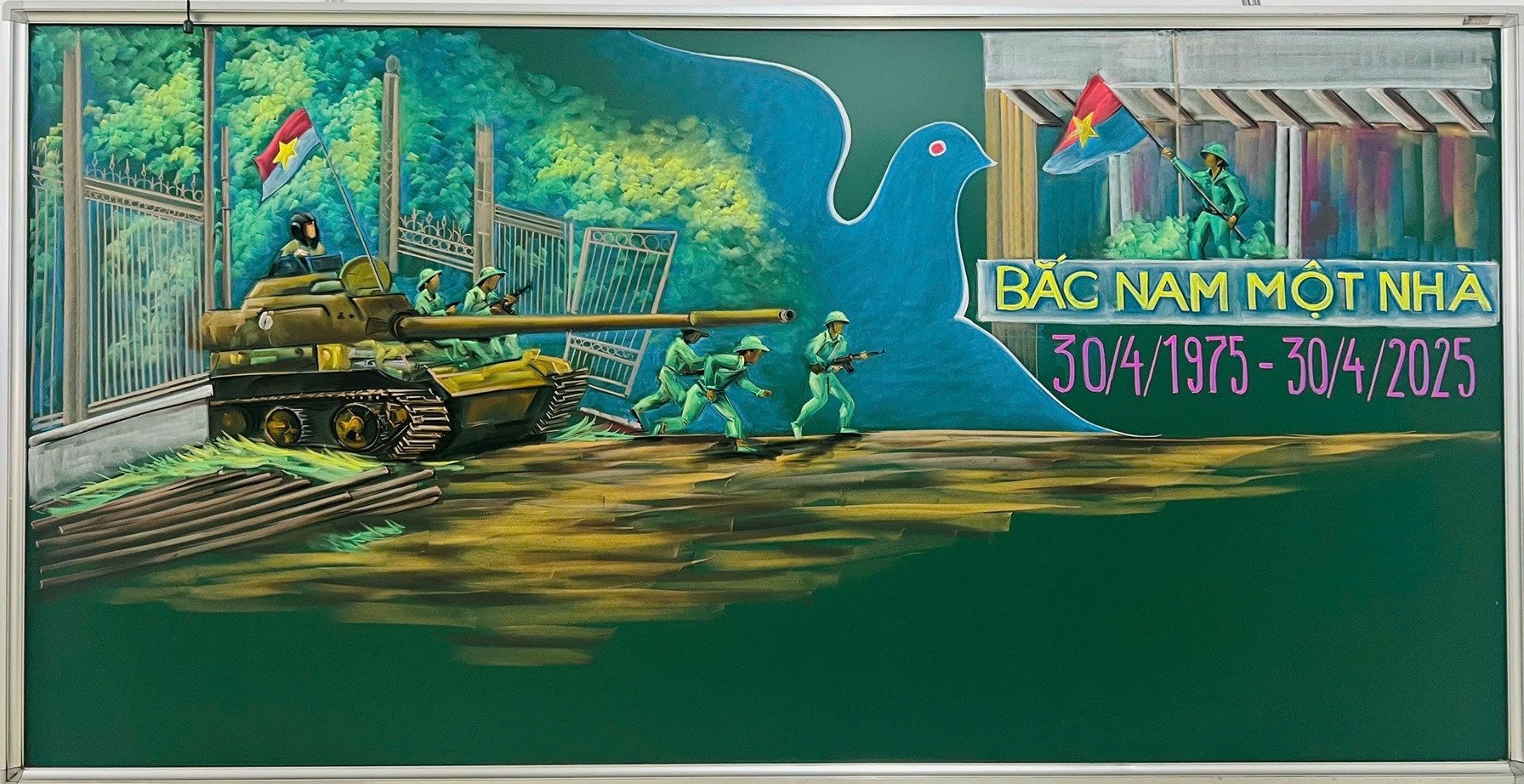
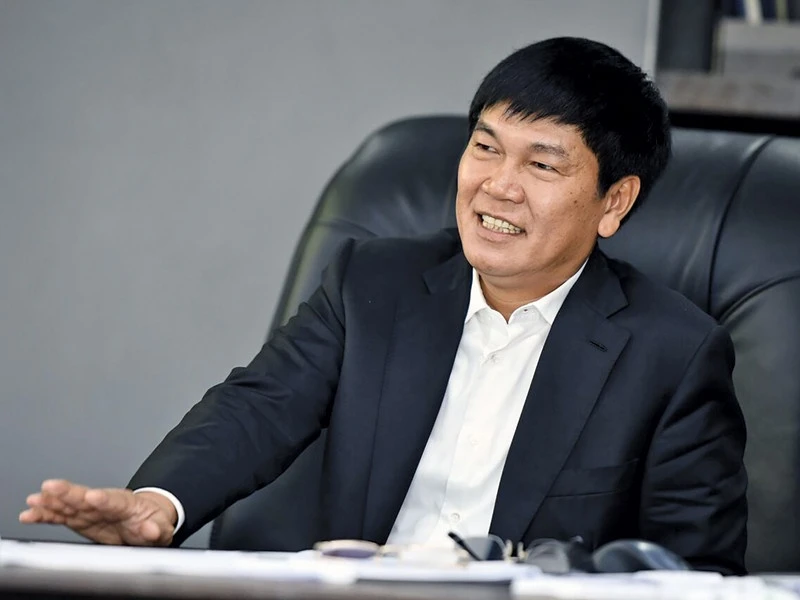

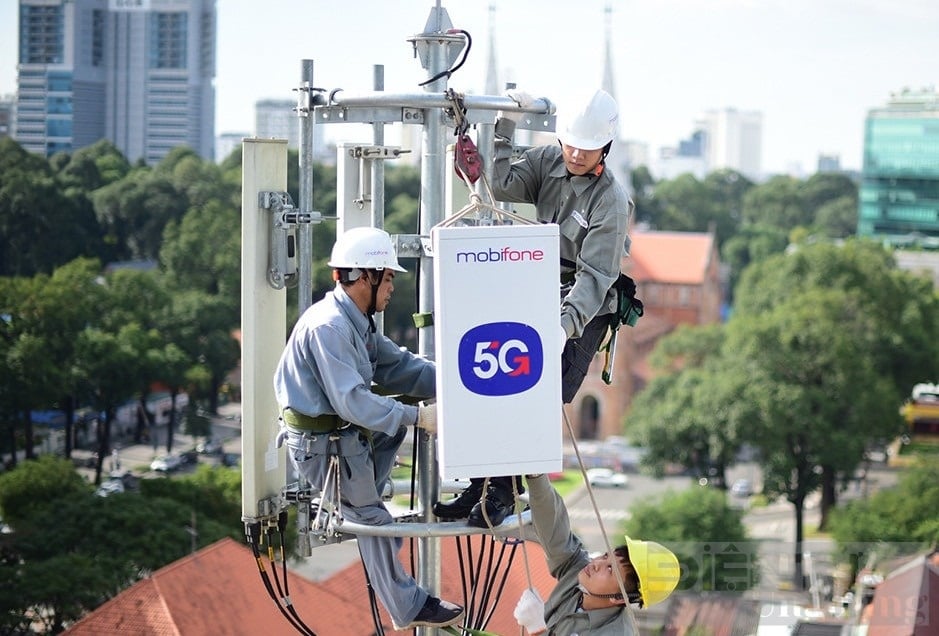
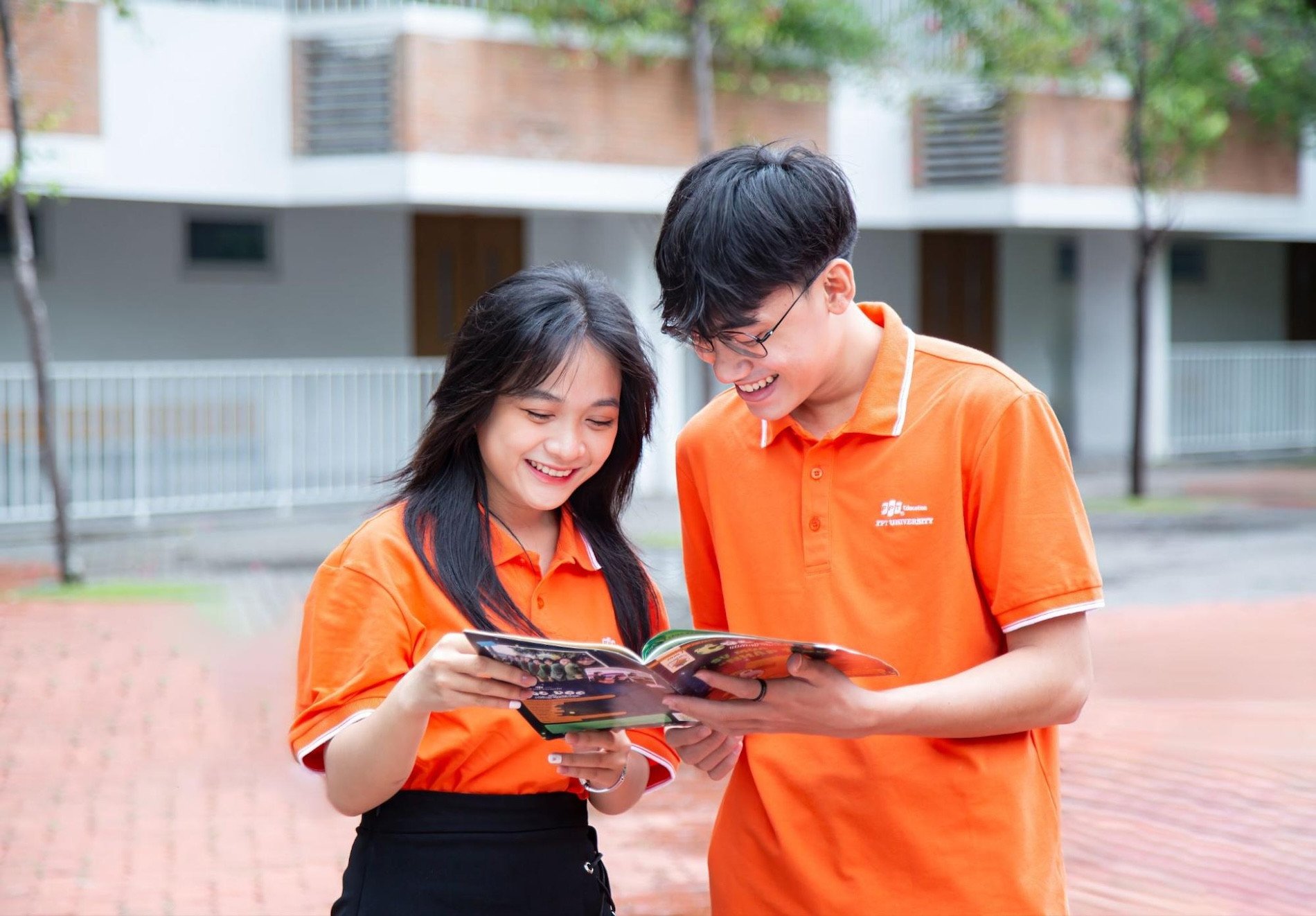
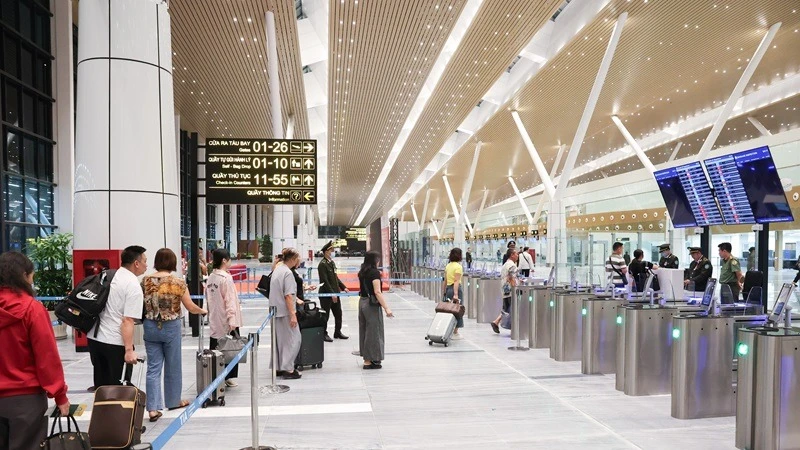

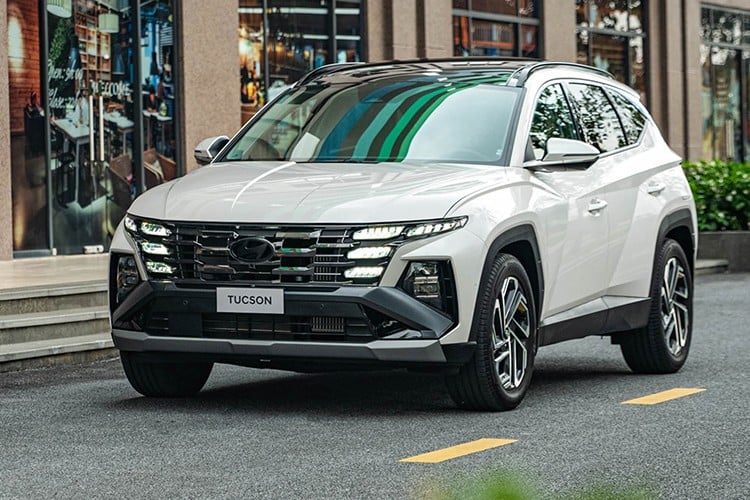

![[Video] Viettel officially puts into operation the largest submarine optical cable line in Vietnam](https://vstatic.vietnam.vn/vietnam/resource/IMAGE/2025/4/17/f19008c6010c4a538cc422cb791ca0a1)
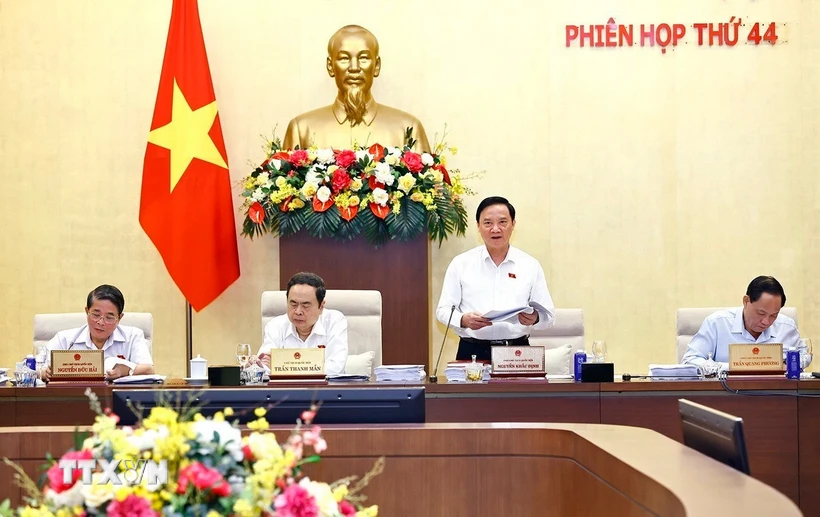
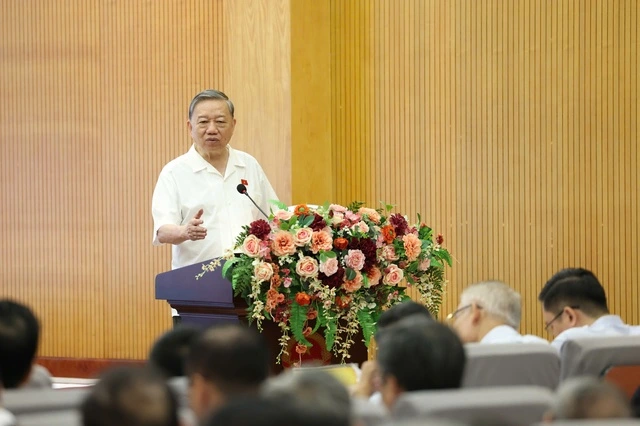

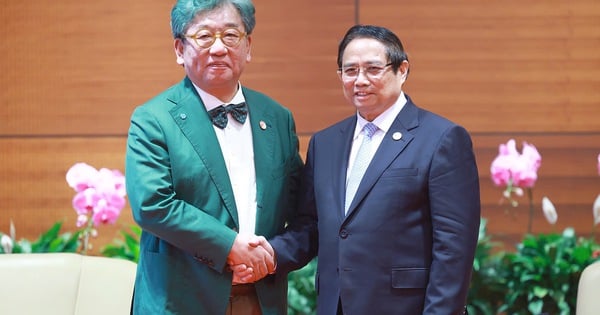

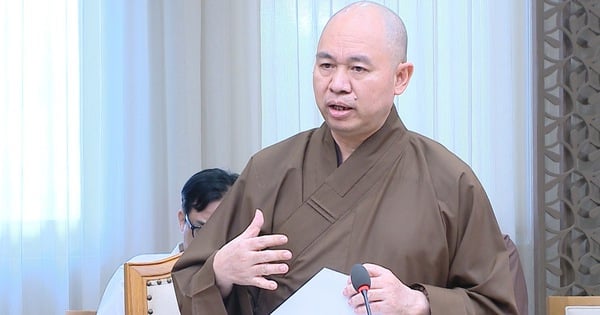
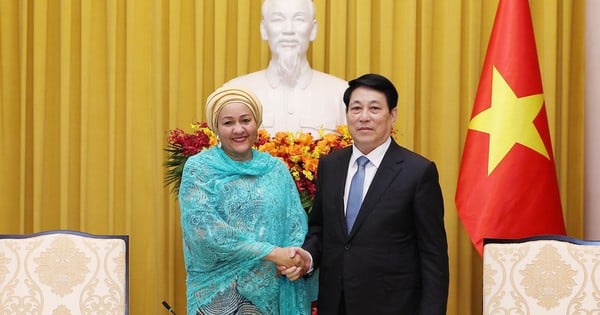
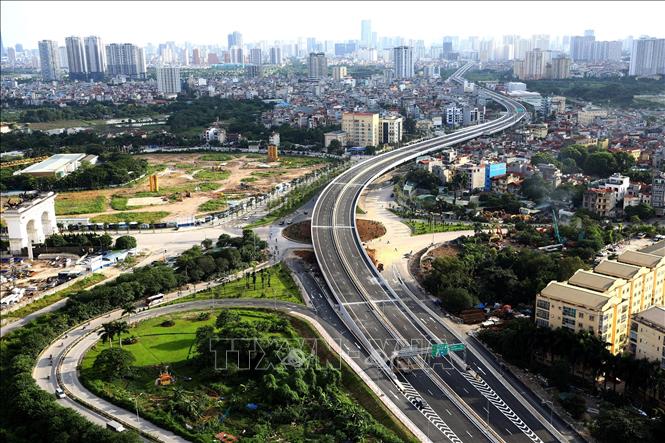

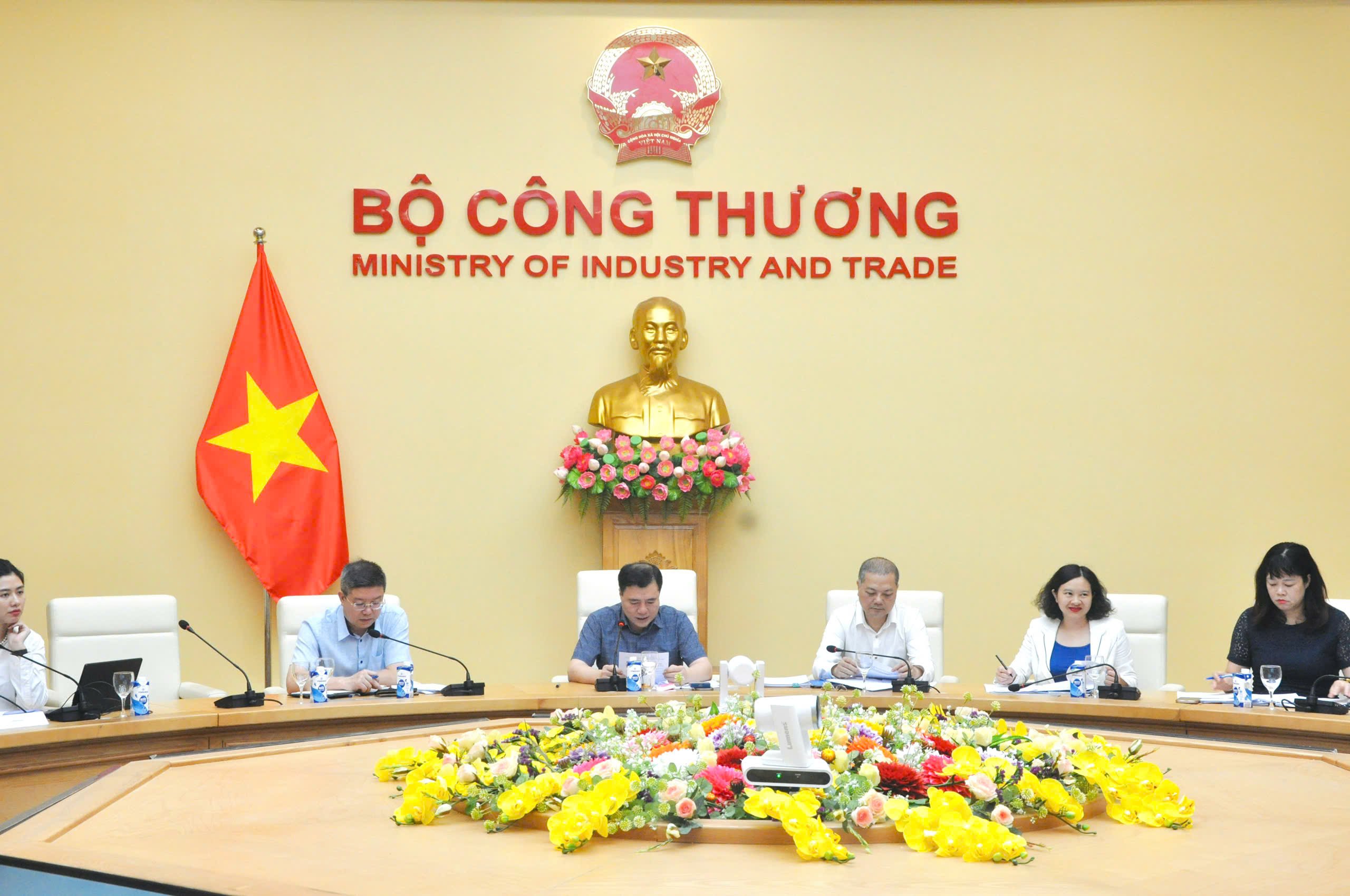

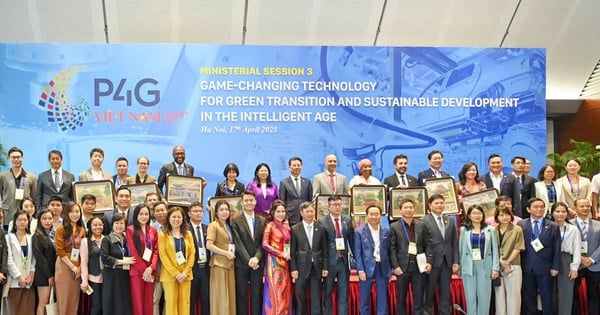

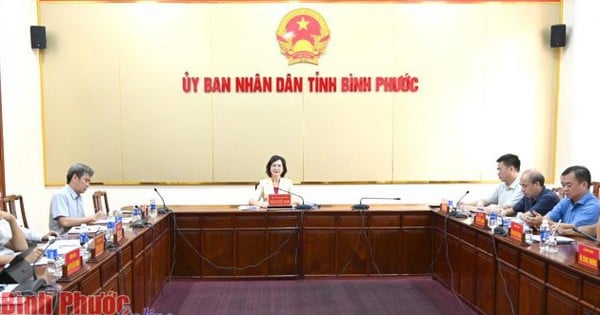

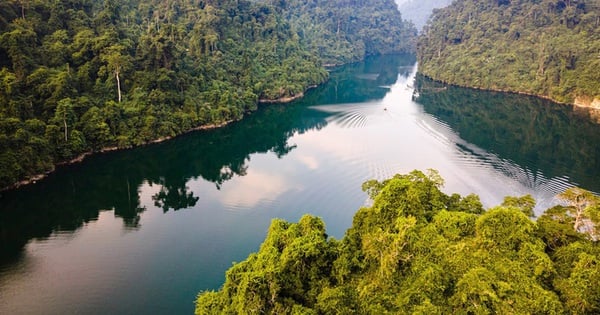
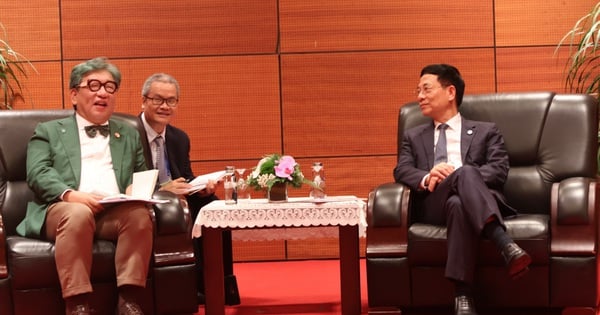
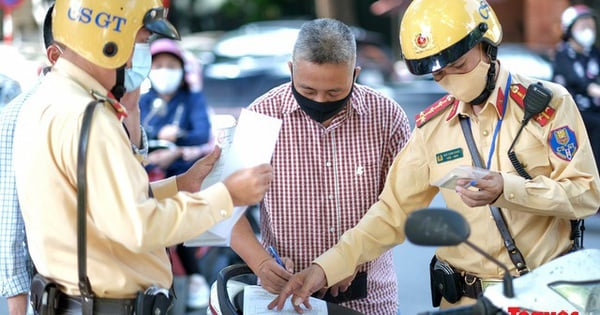
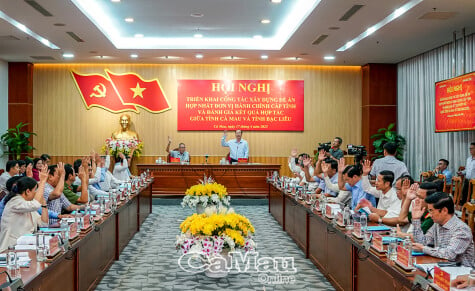
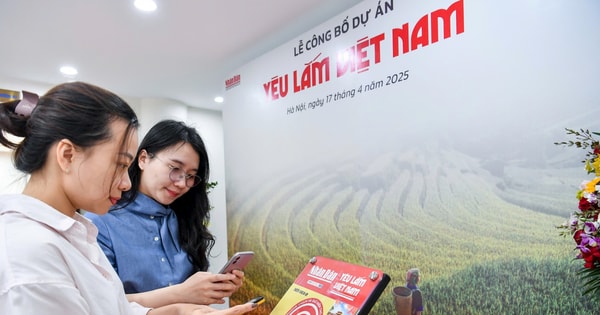

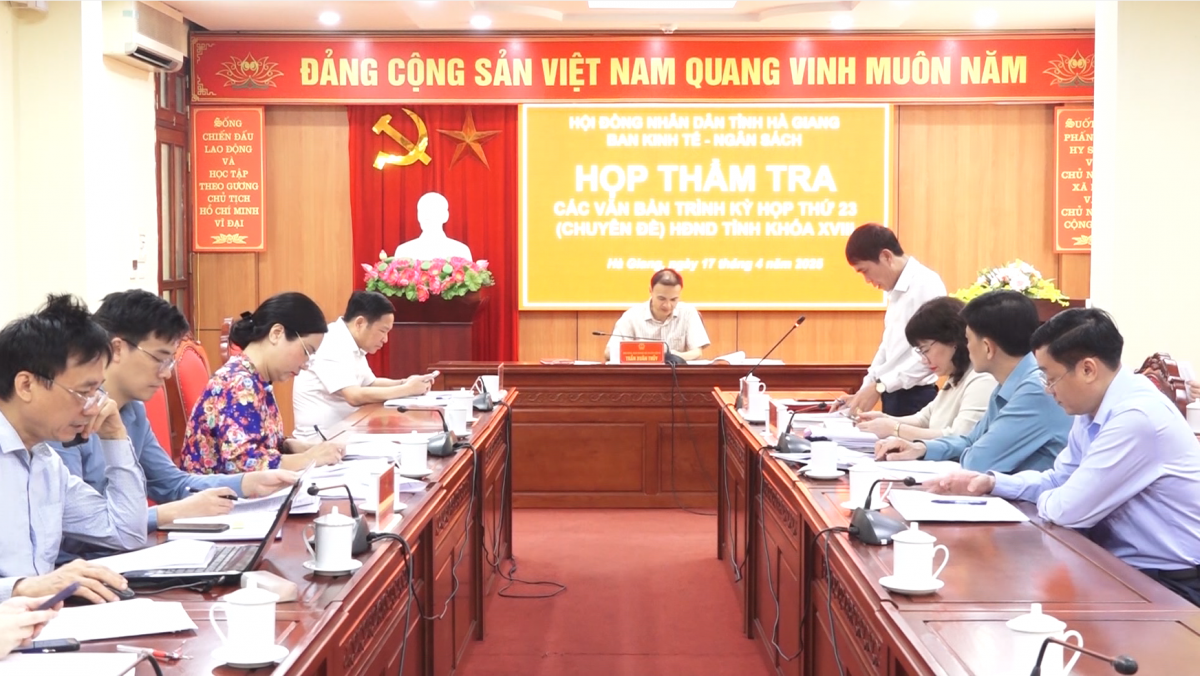
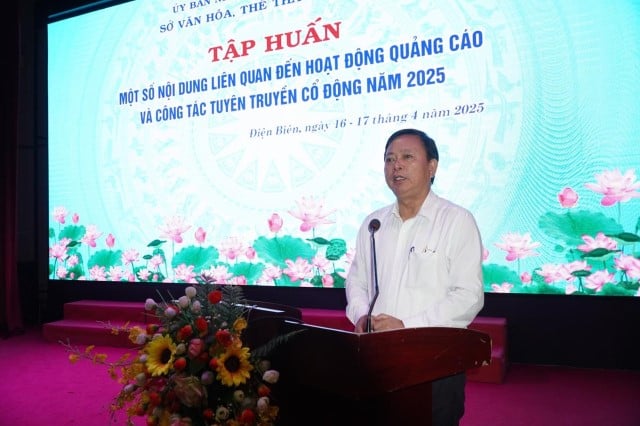
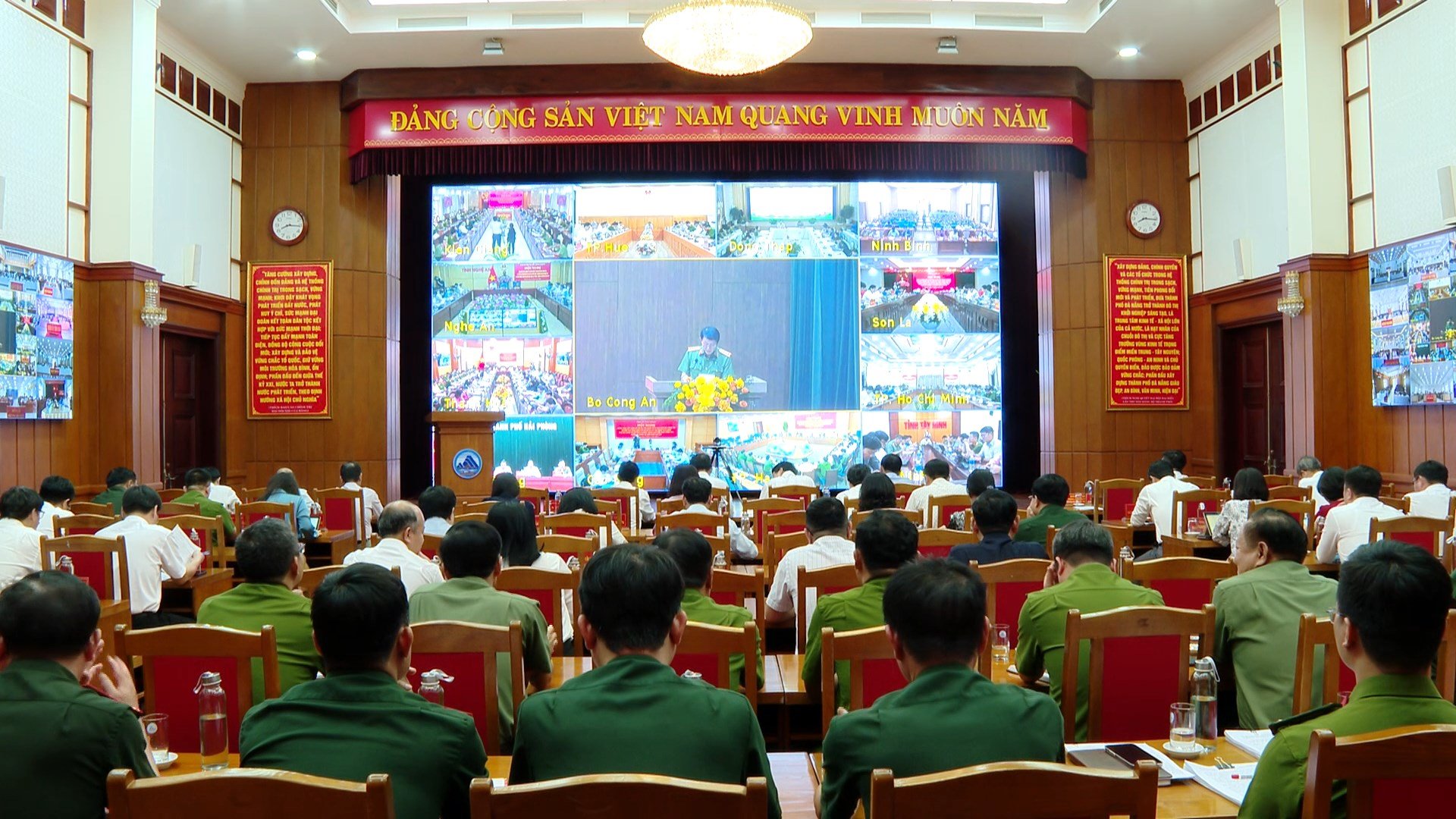
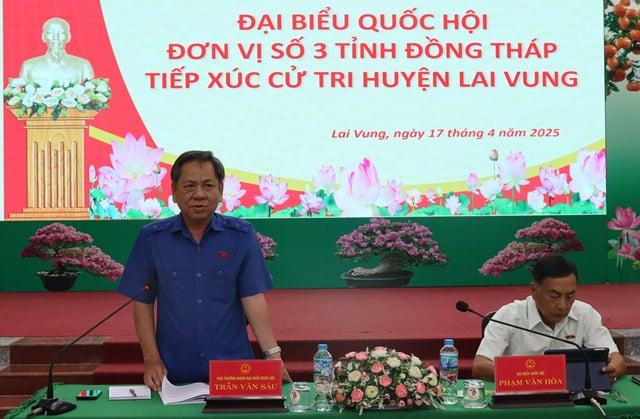
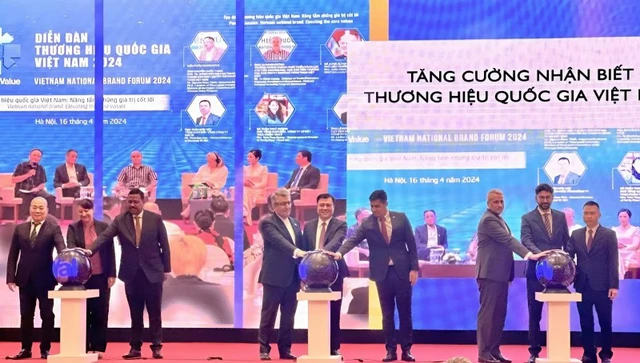

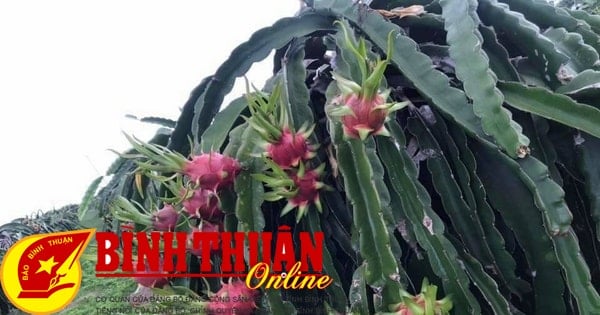

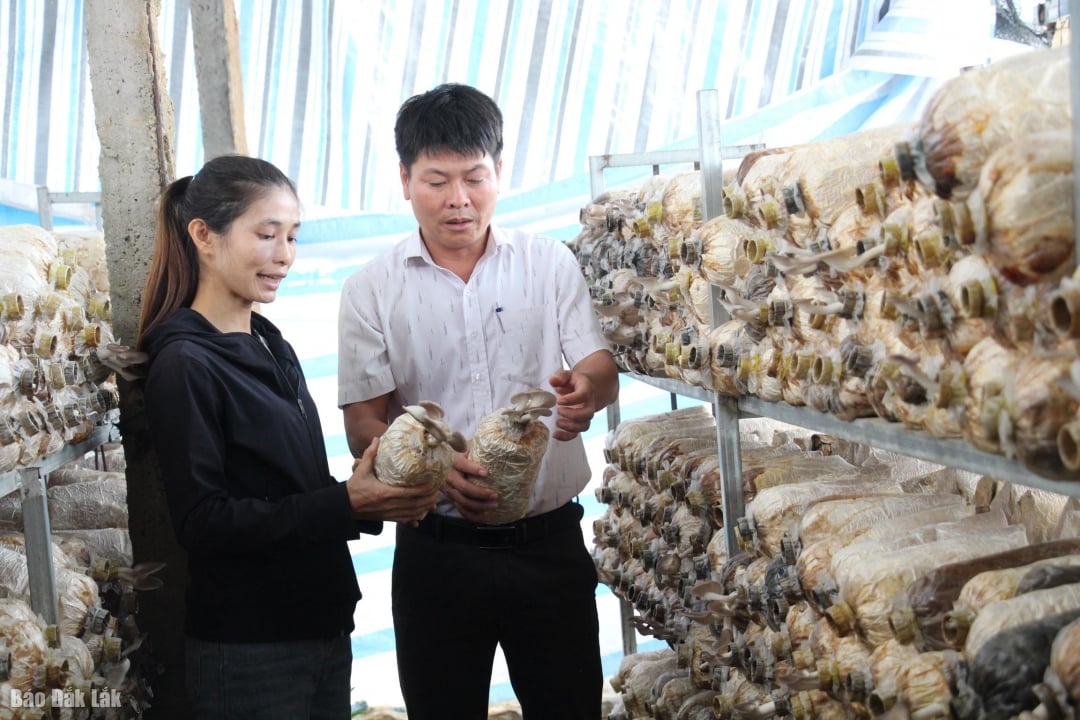

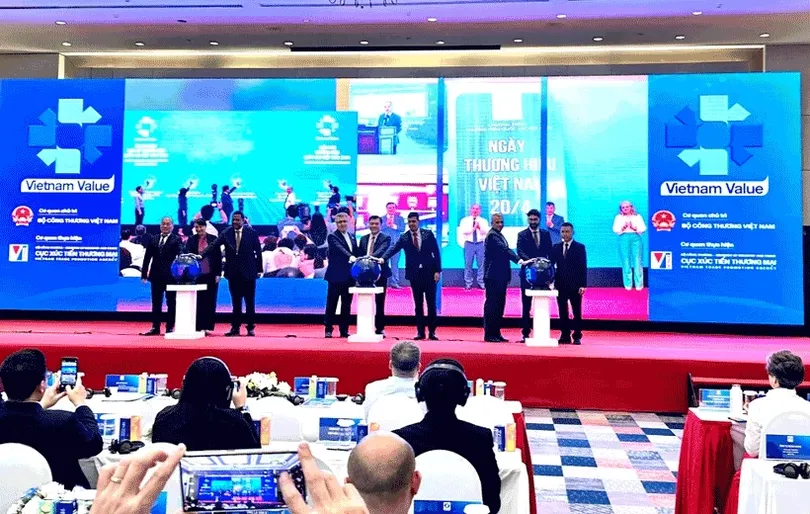



Comment (0)